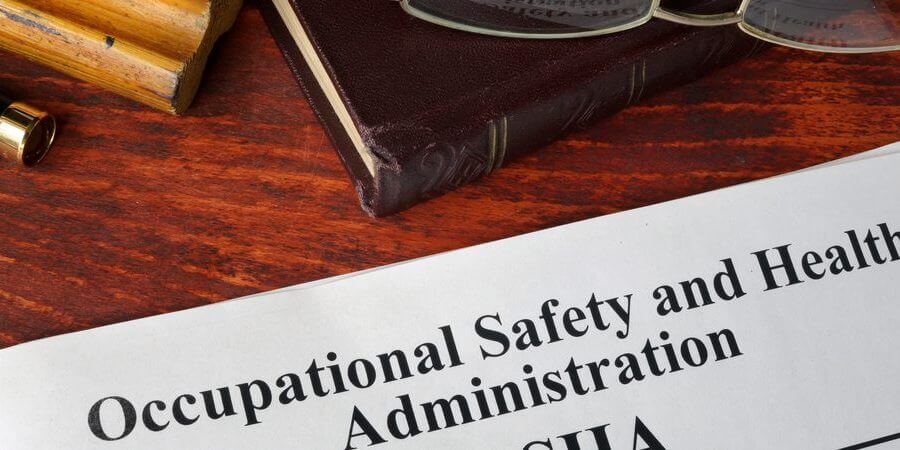OSHA Updates Guidelines for Safety Program Management

For the first time in nearly thirty years, the Safety and Health Program Management Guidelines have been updated. David Michaels, the OSHA administrator, accomplished the update during the final two weeks of his tenure at George Washington University. In October 2016 at the National Safety Council Congress and Expo, Michaels unveiled the program revision, which is intended to provide workers and employers with a flexible and sound framework to address health and safety issues within diverse workplaces. This document will be especially helpful for employers and workers at small- to medium-sized organizations. This is a big step forward in taking occupational health and safety into the twenty-first century.
In 1989 OSHA developed the voluntary guidelines and hosted a public meeting to seek comments during the process.
Some of the key elements of the recommended practices include:
- Education and Training
- Worker Participation
- Hazard and Prevention control
- Management Leadership
- Hazard Identification and Assessment
- Communication and Coordination
- Program Evaluation and Improvement
At that time, the recommended practices for beginning a health and safety program were offering training, leading by example, making health and safety the top priority at all times, offering training, striving for improvement, setting up hazard controls, conducting inspections, gathering worker feedback about changes in the workplace, striving for improvement, and setting up hazard controls.
Although people can’t accomplish everything and have an entire program immediately, it is important for them to take the first step. Since the document was first published, many changes have been seen. These changes include:
- Higher levels of diversity among workers
- Hazards in seemingly safe industries such as retail and health
- The US economy’s movement away from a focus on manufacturing
- Less active work leading to more cases of musculoskeletal diseases
- Greater technology
OSHA avoids using the term “management system” because it spooks small-business employers who are under the impression that they lack the means to have such a system. Large-business employers understand and have many resources available to them, but small-business employers are not as well equipped.
The revision has also placed new importance on participation by workers. Using an approach that is proactive, workers and managers can work together to find and fix any problems and help prevent accidents, which should raise morale and save money all around. OSHA programs, such as the Safety and Health Achievement Recognition Program and the Voluntary Protection Program, are the basis for the new guidelines. As such, they follow both international and national standards of consensus. The resource applies to multiple different industries, but the construction industry will use its own guidelines because of the unique issues it faces.
According to Michaels, sometime in the very near future, “Recommended Practices for Safety and Health Programs for the Construction Industry” will be released. This new revision is good for everybody because employers and employees, businesses of all sizes, and all industries need a health and safety program.
